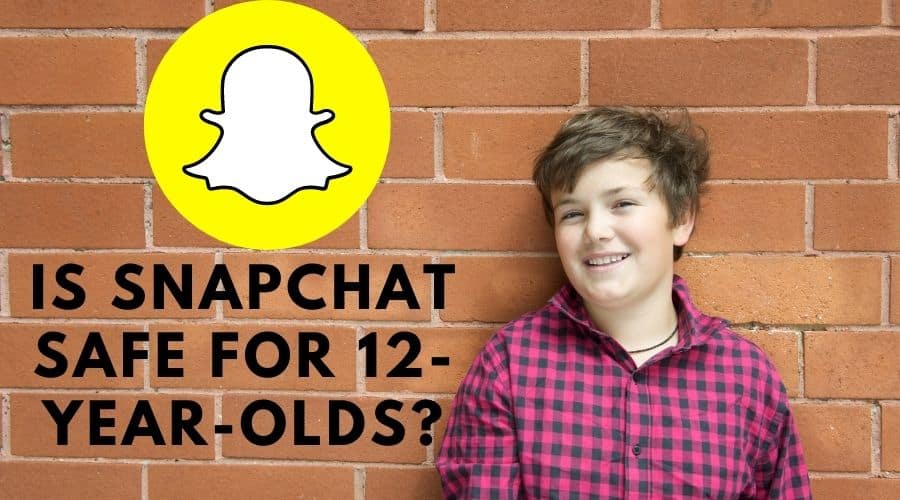Snapchat is an app for sending smartphone messages using images rather than text. In this article, we look at how Snapchat works and the risks for teens, especially asking the question, Is Snapchat safe for 12-Year-Olds?
Snapchat is unique as it allows you to share photos for only a few seconds. These snaps then appear to vanish. Even though it is untrue to assert that these images truly disappear, it is undoubtedly one of the aspects contributing to the app’s popularity.
From the moment we wake up until the time we go to bed, social media is all around us. It can be challenging to keep up with all the new platforms that come out every season of the year. Snapchat has remained the most popular social media app for many children and teenagers since 2016.
What exactly are the dangers of Snapchat for tweens and teens? Should kids even be on the app? There are a few general considerations.
1. Age restrictions

A minimum age of 13 is required to use Snapchat. The Children’s Online Privacy Protection Act (COPPA) gives directives. The Act prohibits companies from collecting any data from users under the age of 13. This age restriction, however, does not preclude children from using the app. Children can easily lie about their age and gain access because there is no age verification.
Critics argue that the 13+ marker is arbitrary and ignores young cognitive development. The fact that a child is over 13 years old does not mean they suddenly possess a sense of responsibility. Extreme caution is required to ensure children are safe online.
2. Concerns about privacy
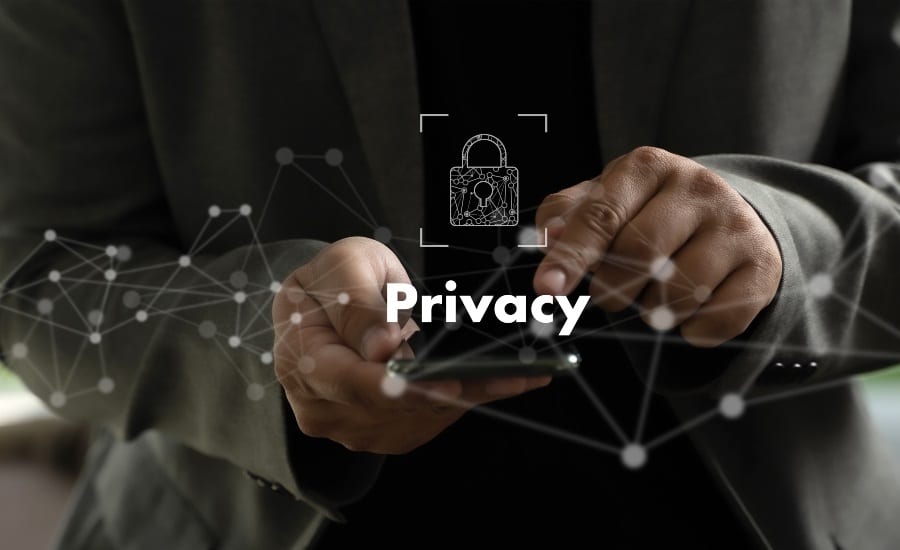
Snapchat collects a large amount of data, primarily for advertising purposes. There have been privacy-related controversies since the app’s inception. Based on this vast information, Snapchat and its associated advertisers can make all sorts of educated guesses about who you are. It is inappropriate and dangerous for children, not to mention illegal, especially if they are 12 years old.
The risks associated with children and social media also apply to Snapchat. A 12-year-old may face challenges with the following things:
Cyberbullying
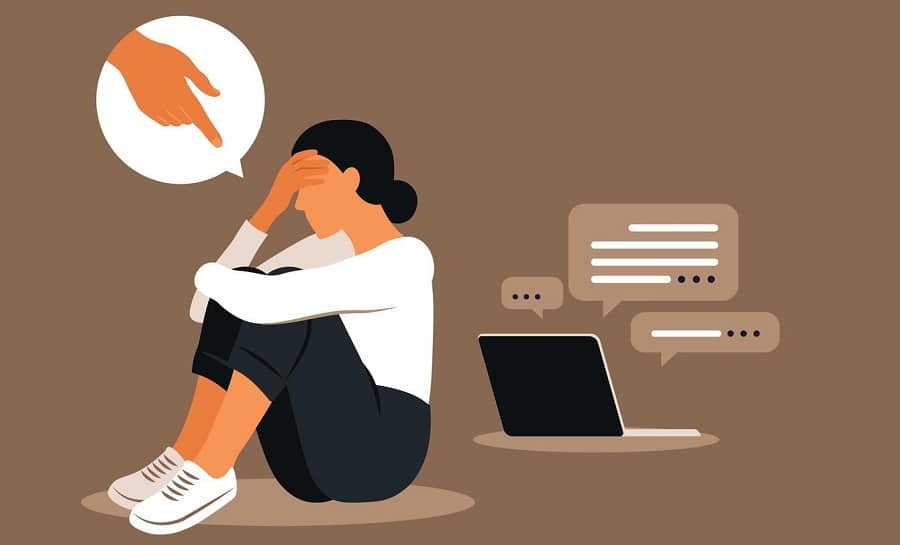
According to a 2018 Pew Research Center study, roughly 60% of American teenagers have experienced online bullying or harassment. Snapchat deletes evidence of these incidents, making it more difficult for parents and teachers to determine the harm done.
Malware and phishing

Cybercriminals prey on children. They can infect devices belonging to children with malicious software without their knowledge. Messaging apps like Snapchat are ideal for criminals looking to defraud people with phishing scams.
Graphic content

Children who open social media accounts could, in as little as 24 hours, be inundated with graphic material, according to recent research from the 5Rights Foundation. Again, the design of Snapchat makes this simple.
Sexual exploitation
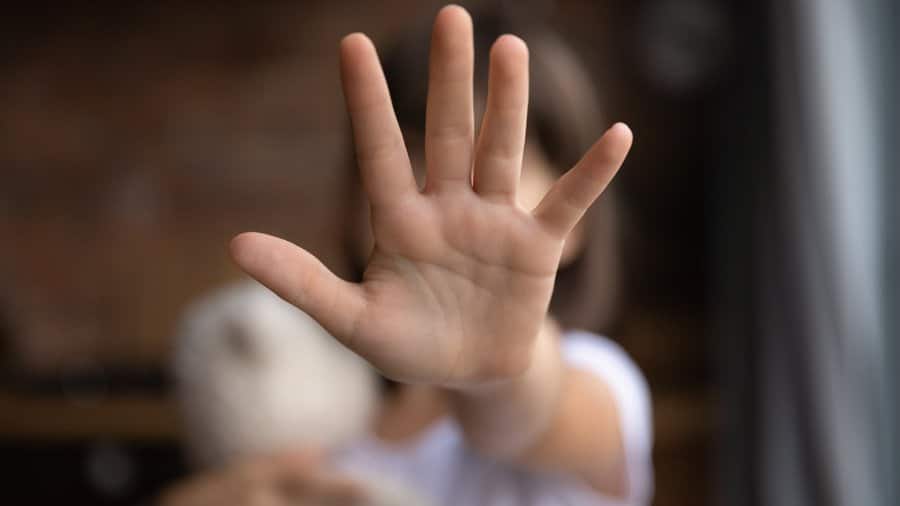
There is mounting evidence that any platform that attracts many children will also attract people who wish to exploit children. It is true not only of Snapchat but also of social VR apps like Horizon Worlds.
Social compulsion
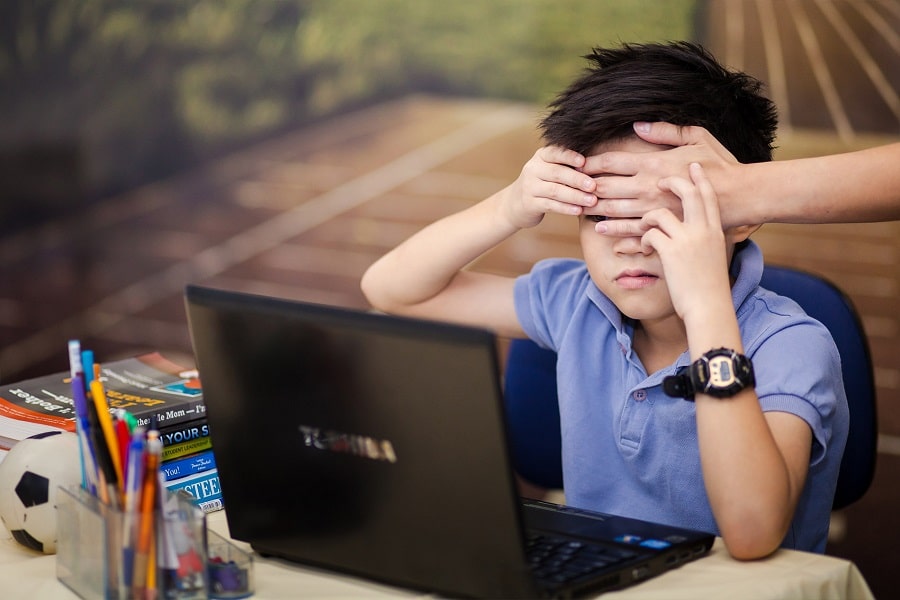
Social media can be addictive. Children tend to spend their time on the app thanks to features like Snapstreak. It may result in more anxiety and social pressure. Additionally, the implicit motivation to get a high Snapscore may result in compulsive behavior and overuse.
In many ways, children and teenagers want to post better photos. The possibility of earning money if a snap goes viral may encourage them to post even more outrageous content and make it public. Additionally, photo-editing software constantly tempts users to improve their appearance by making them appear prettier, hipper, or more appealing.
It has consequences for the self-esteem of children. Apps like Snapchat, according to Boston Medical Center, can cause body dysmorphic disorders by exposing children to how they can become fixated on perceived flaws in their appearance.
Exposure to inappropriate content
A 12-year-old may have access to inappropriate content, and because Snapchat lacks age verification, younger users can easily reach graphic or inappropriate content that is not suited for them. The 18+ filters on the Discover page are there to shield kids from this, but you can get around them by updating the birthdate on your account. It is dangerous for young children.
Interaction with strangers
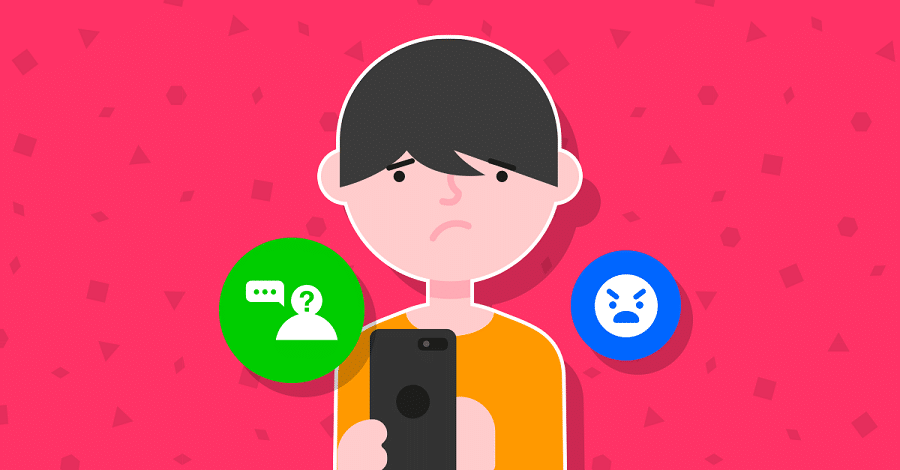
One of the most dangerous aspects of Snapchat for children is the ease with which they can communicate with strangers. The Quick Add feature, in particular, places strangers directly in your child’s path. The need for validation that puts pressure on teenagers and is made stronger by social media causes them to want to add many people rather than just people they know in real life.
Physical grave danger
The SnapMap feature can put people in danger, especially children and teenagers. People have access to the most recent information about a child’s whereabouts thanks to the users’ frequent sharing of specific information.
Parents should discuss these risks with their children to keep them safe and change the privacy settings on their children’s accounts if possible.
Frequently Asked Question
Q. Should I let a 12-year-old have a Snap Chat?
The app Snapchat is not suitable for children. For your 12-year-old, sharing photos with friends can be fun, but Snapchat can cause anxiety and low self-esteem.
Furthermore, your child may be persuaded to share information they do not want to share with people they do not know.
Q. Can I monitor my child’s Snapchat?
Snapchat introduced parental control to help manage teenagers’ social media. Using Snapchat’s family center, parents can see who their teenagers are contacting but can’t see their news. Parents can also secretly report accounts related to their children without their knowledge.
Conclusion
Snapchat is the most popular app worldwide, particularly among children and teenagers. The social platform lets young users share enhanced photos and videos with others for a short time.
A closer examination of Snapchat reveals that it is riskier than it appears. There are several methods for saving snaps without the person who posted them being aware.
Snapchat filters have a reputation that links them to decreased self-esteem and even body dysmorphia.
Finally, Snapchat seems to have little to no care for privacy issues and cannot make the platform safe enough for children.
